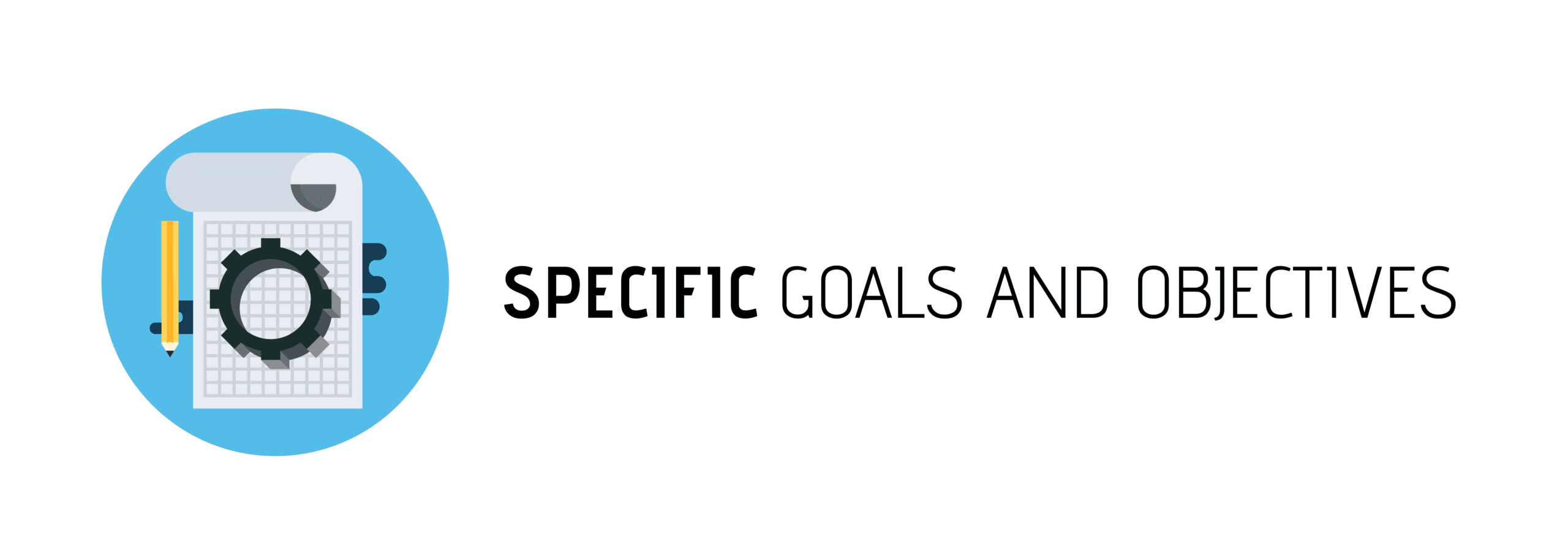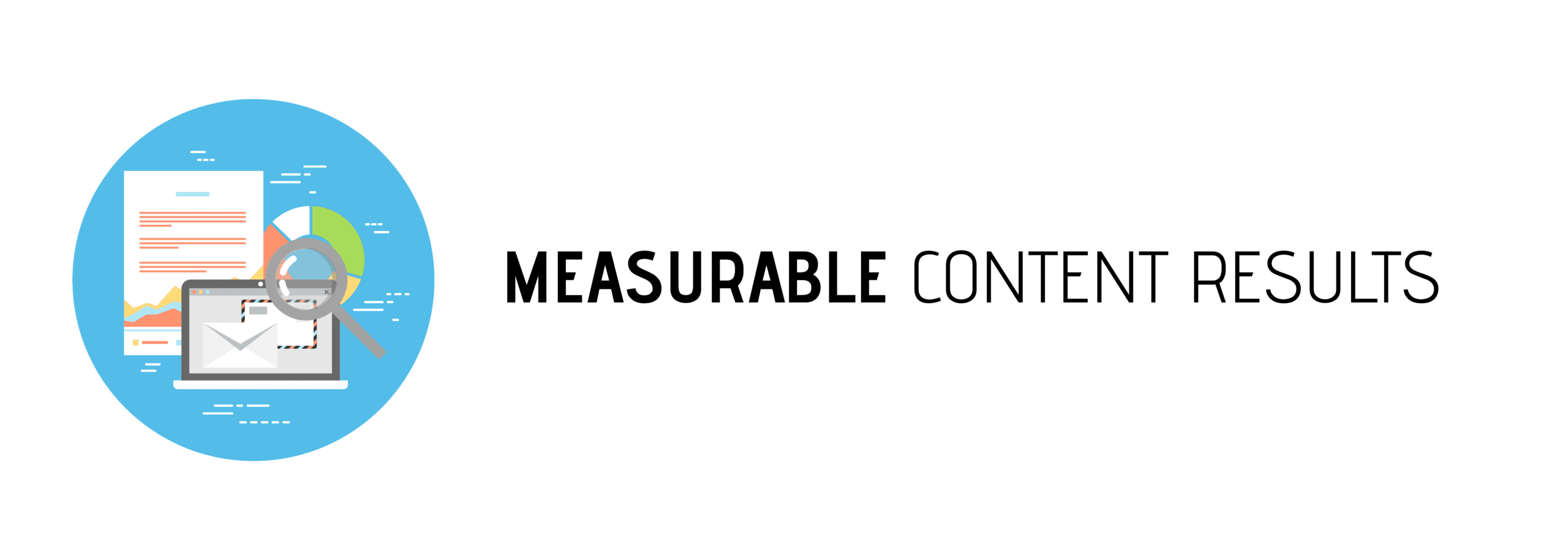In the previous article, we talked about the current state of the content strategy of your brand and how to audit the performance you’ve had so far. In this step, let’s look at how you can set new content marketing goals for the next period.
Goal setting is essential because it helps brands to stay consistent with the content they produce, track their performance and to understand their audience better.
It will help you keep your eyes on the target, to stay organized and motivated with the fast pace of creating content for several channels and platforms.
There are five areas to consider when building a system of goals about the content that you or your brand produces.
1. Set Specific Objectives
Let’s start by thinking of the desired result, and then work our way back to the specific actions that you need to perform to reach the content goal. To improve the chances of success, for the goals you set out for your brand, it’s important to think in terms of specific results, that are realistic and achievable.

For a better perspective, you can take the results from the content audit as a roadmap for introducing the next set of goals and aim to scale from there. That might look something like this:
- Increase organic website visits by 20%
- Reach 25,000 followers on Instagram
- Get 30% of existing customers to purchase again with e-mail automation
- Create a paid campaign that generates 150 e-mail leads
Don’t be vague with the set-up, create specific goals that will be easy to track and measure as time goes by. For example, “Increase Instagram Follower” is very simple and there is no way that you can measure success or track the performance of your work and the content you put out.
The goals and objectives you set out to do can be small or big, but of course, they need to be realistic and accomplishable, depending on the number of people on your team, available budget, time constraints and so on.

2. Think about the consumer signals
The people that interact with your content are a significant part of goal setting. But I don’t want to talk about the audience profiles in this case since that is part of the overall brand strategy. If you don’t have them already, it is always smart to start by creating them, and you can learn how to do so here.
Instead, let’s talk about the consumer signals to look for, such as the state of the consumer when they interact with your content. That will help you to target the desired audience better, and to retain their limited attention.

The Stage of Consumer Involvement
Diving deeper into the context of consumer interaction with content your brand can present different pieces of content that are parallel to that stage. There are three primary stages to consider:
Exploration: This stage is when the potential consumer is trying to identify a solution for a problem they have, or an opportunity to find content that will somehow fit into their lifestyle. They most likely don’t recognize your brand yet, and they are not familiar with the content, the products or services that your brand has to offer.
That means the content presented to them should not push a sale or ask for too much input from them. You’re only trying to introduce yourself to them and increase brand awareness.
Evaluation: In this stage, the consumer is familiar with your brand already, or has found you to be interesting, relevant or helpful. They are ready for further engagement with your content. That means that the contented presented to them can ask for some input from their side, such as an e-mail contact, a share and so on.
Engagement: These are the people that already gave you their contact, they are in your comments often, they send you private messages and so on. The content you present to them needs to feel even more personal, and you can move them further toward a purchase or other desired engagement.

Of course, your business might have additional stages of consumer behavior, so make sure you think about the context of the content you create for them. Based on the specific objective you set out to achieve, add the consumer stage as the next part of the goal-setting system.
3. Set Performance Indicators
The next step is to attach a key performance Indicator to each specific objective. As mentioned above, the goals you set for your strategy need to be measurable so you can track the performance and state of your goals across time.

Key Result Indicator
The desired result is a performance indicator that will let you know how far you’ve come to accomplishing the goal. For example, if your goal is to create a paid campaign that generates 150 e-mail leads, the KRI will be the number of contacts collected. You can additionally compare the result to the number of people who visited the landing page.
Key Performance Indicator
If your goal is to increase website visits by 20% this month the KPI is the number of visits compared to last month. It can be calculated by taking the number of visits from the last period and then comparing it to the current goal.
Example: In March you had 4.000 visits, this means that in April you will need (4000/100) x 20 = +800. That means to reach your new goal, in April you must get 4,800 visits on your website.

Data Collection
Data is usually digitally collected through tools such as Google Analytics or platform Insights, but there should be someone in your team who will be able to read, export and create reports on the situation. We will talk more about this in Lesson 7: How to Test and Track Content Performance. (Available April 21st)
4. Set long-term and short-term objectives
Setting specific times for each goal is also important for your strategy. What I recommend is to think about the long-term content marketing strategy first, and to set yearly or six-month goals.
After you have the big picture, you can then start to think about the short-term or month-to-month objectives that fit into each big goal.

For example, the main goal is to double the follower count on Facebook by the end of the year. If the number of followers was 15,000 at the start of the year, that means you will need to get 15,000/12 = +1250 new followers per month.
Keep the long-term yearly goals on a separate sheet that you can refer to when you’re creating the quarterly or monthly plan for your content. Add monthly objectives to the system you’ve been creating so far. At the end of each month, look at the performance of objectives and apply the results to the main goal as well.

5. Create an action plan
Once you have clear goals and objectives for your content marketing, you can get it all down to the specific actions that will go into the process.Each goal or objective may include one or more actions that are tied to it.

Let’s look at the example of increasing website traffic. The specific actions will look something like this:
- Link articles from our website on our social media posts
- Create articles that are optimized for web search
- Increase the number of articles from 5 to 10 articles per month
- Create a paid campaign that will send social media to landing page
 Go into as much detail as possible when you’re setting the actions that need to be performed. You can also assign team member names; days of the week action will be worked on and more. Add the action plan to the system you’ve created so far.
Go into as much detail as possible when you’re setting the actions that need to be performed. You can also assign team member names; days of the week action will be worked on and more. Add the action plan to the system you’ve created so far.
What to do next?
- The next step is to create a content calendar about the specific pieces of content you will produce and when to post them.
- Learn more about producing branded content for your content marketing strategy.
- Read more articles from the course on How To Develop A Content Strategy

Share this with your friends?
